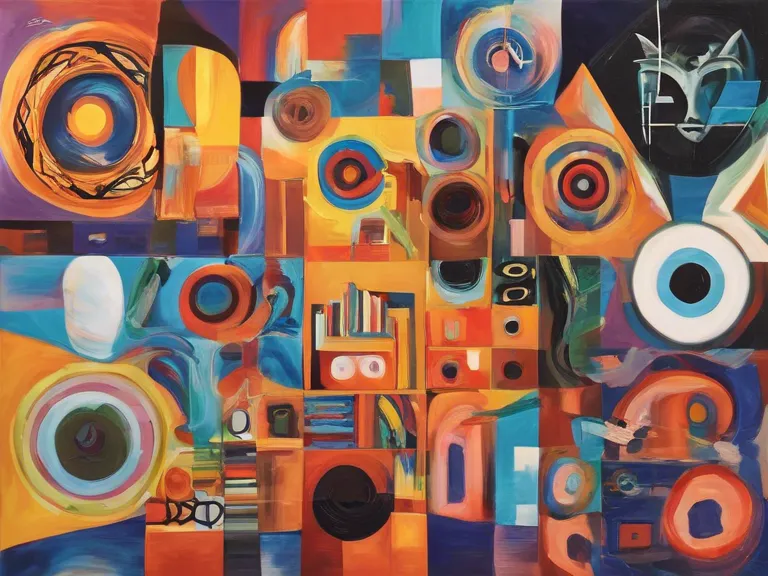
Understanding the Power of Brushstrokes in Art
Art has always been a medium for expressing emotions, thoughts, and ideas. Artists use various tools and techniques to convey their message, and one of the most powerful ways to do so is through brushstrokes. Brushstrokes in art are not just simple marks on a canvas; they carry emotions, energy, and intention. Each brushstroke can evoke a different feeling and convey a unique message to the viewer.
The Importance of Brushstrokes in Art
Brushstrokes play a crucial role in the overall composition of a painting. They can add depth, texture, movement, and emotion to a piece of art. Artists carefully choose the type of brush, the pressure applied, the speed of the stroke, and the direction of the movement to create the desired effect. By varying these elements, artists can create a range of emotions, from calm and peaceful to energetic and chaotic.
Expressing Emotions Through Brushstrokes
Artists often use brushstrokes to express their innermost feelings and emotions. For example, quick, bold brushstrokes may convey excitement, passion, or anger, while soft, delicate strokes may evoke feelings of tranquility, sadness, or nostalgia. By manipulating the brushstrokes, artists can communicate their emotions directly to the viewer, creating a powerful connection that transcends words.
Different Styles of Brushstrokes
There are various styles of brushstrokes used in art, each with its own unique characteristics and effects. Some artists prefer smooth, blended brushstrokes to create a sense of harmony and unity, while others use impasto techniques to build texture and depth. Pointillism, cross-hatching, and scumbling are just a few examples of different brushstroke styles that artists employ to achieve different visual and emotional effects.
Techniques for Mastering Brushstrokes
Mastering brushstrokes requires practice, patience, and a deep understanding of the medium. Artists can experiment with different brushes, paints, surfaces, and techniques to develop their own unique style. By studying the works of master painters and practicing regularly, artists can hone their brushstroke skills and learn how to express a wide range of emotions through their art.
Conclusion
In conclusion, brushstrokes are a powerful tool for artists to express their emotions and connect with viewers on a deeper level. By understanding the importance of brushstrokes in art, exploring different styles and techniques, and practicing consistently, artists can unleash the full potential of this expressive medium. The next time you admire a painting, take a closer look at the brushstrokes and see if you can decipher the emotions and intentions behind them.



